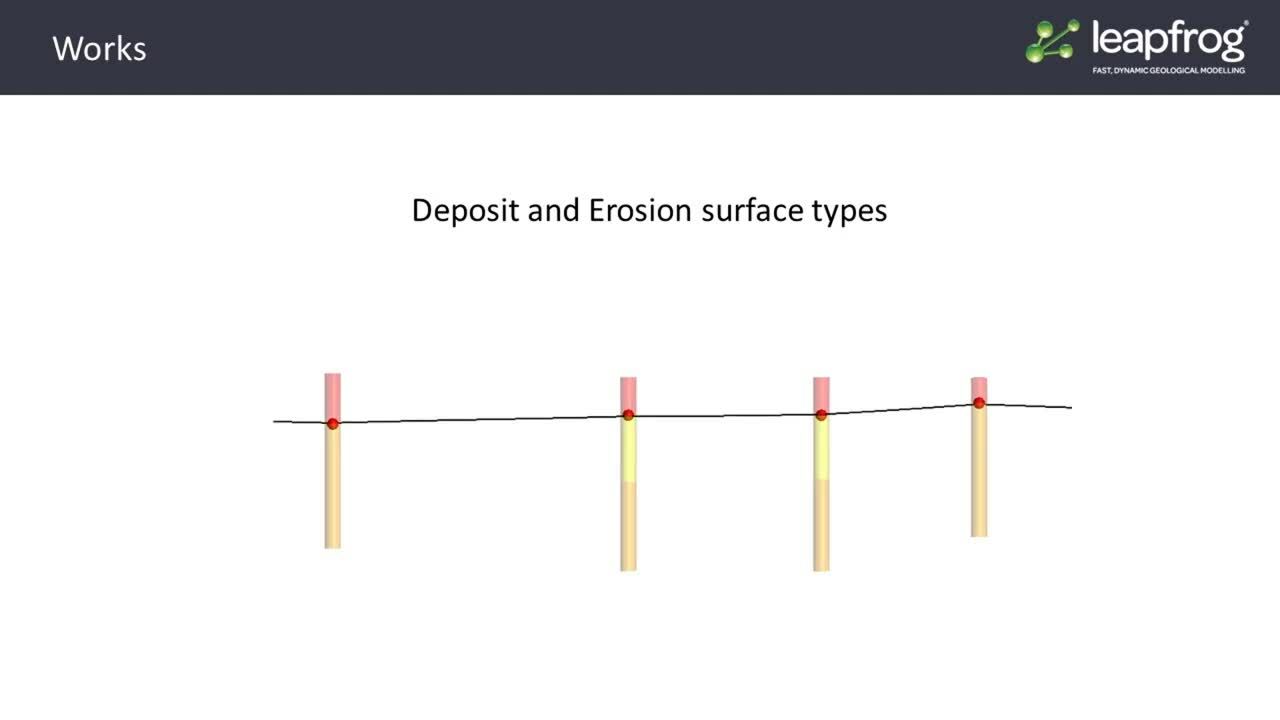In this video, we will discuss the different model-building surface types available in Leapfrog and how they interact with each other.
Please note: In late 2020, Leapfrog Works received a significant update to its user interface. While the current version of Leapfrog looks quite different from the version used to record this video, most of this content is still valid as the layout, location of functions, and workflows remain largely the same. For more information about the latest new features, please see the Leapfrog Works product page (https://my.seequent.com/products/leapfrog-works/latest).
0:00 – Introduction to the different model-building surface types
0:24 – The Radial Basis Function (RBF)
0:36 – Building surfaces from borehole data
0:56 – Introduction to 4 different surface types in Leapfrog
1:18 – Deposit and Erosion surface types
1:57 – The difference between Deposit and Erosion surface types (volume cutting)
2:55 – Intrusion surface types
3:17 – Introduction to contact points and volume points (Intrusion surfaces)
3:50 – Vein surface type
Duration
5 min

See more on demand videos
VideosFind out more about Leapfrog Works
Learn moreVideo Transcript
The video transcript gets copy and pasted here





